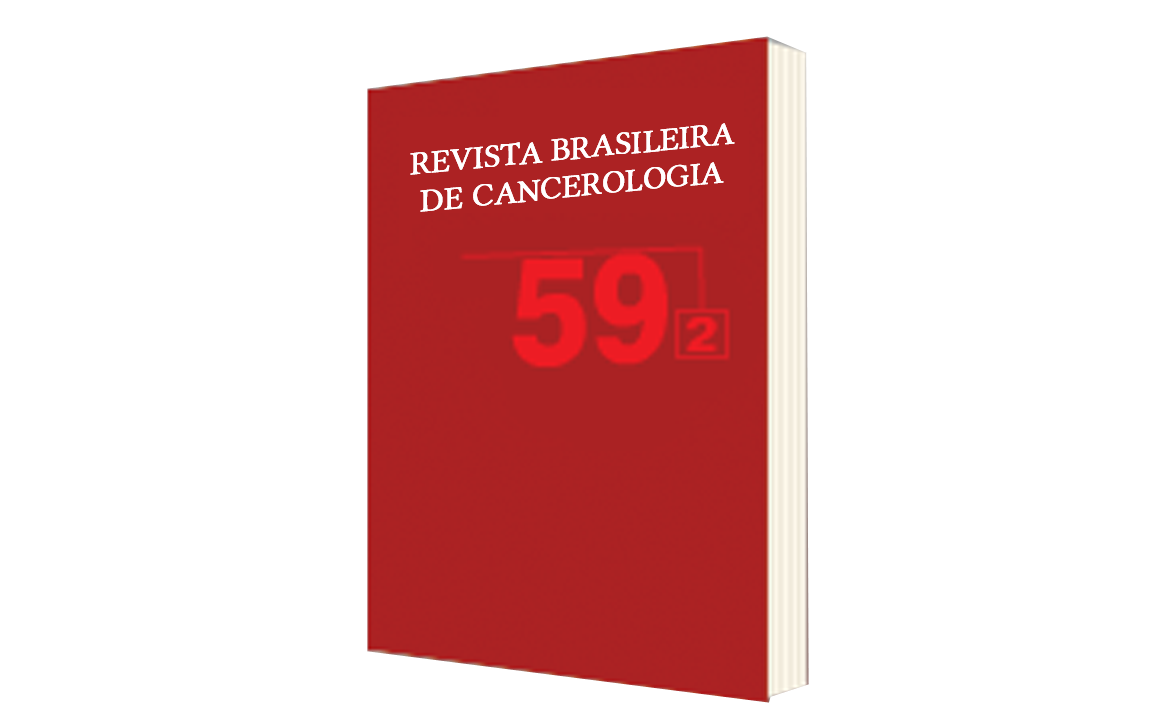Description of Nephroblastoma Cases Diagnosed in a Laboratory of Pathology located at Sao Paulo City, Brazil
DOI:
https://doi.org/10.32635/2176-9745.RBC.2013v59n2.518Keywords:
Kidney Neoplasms, Wilms Tunor, Wilms Tunor-diagnosis, Wilms Tunor-pathology, ChildAbstract
Introduction: Renal cancer corresponds to 2% of the malignant tumors in human beings. Amongst the highest incidence renal tumors, the nephroblastoma, also known as the Wilms’ tumor, is the most common malignant neoplasm in children. Objective: Describe 15 cases of nephroblastoma (Wilms' tumor) diagnosed at a laboratory specializing in Anatomic Pathology, located in the central region of São Paulo city, from April 2003 to August 2011. Method: A descriptive, retrospective study, which evaluated medical records of patients who underwent diagnostic tests for kidney disease. Medical appraisal survey of renal samples obtained through nephrectomy or biopsy, macroscopical and microscopical anatomopathologic diagnosis, age and gender of the involved individuals, striving to define the Wilms’ tumor bearer population. Results: Among 2,277 patients samples, 15 were diagnosed positive for nephroblastoma (Wilms’ tumor), being the highest rates (67% f the cases) on male individuals. In 47% of the cases, the tumor was classified as stage I. Conclusion: Knowing the population usually affected by nephroblastoma may contribute to early diagnosis and thereby improve the prognosis of the affected individuals.









